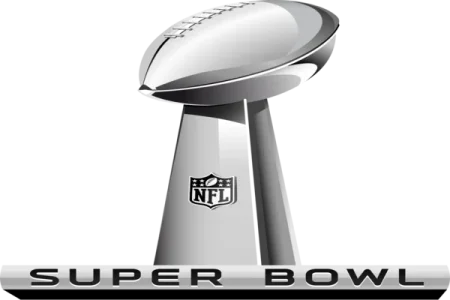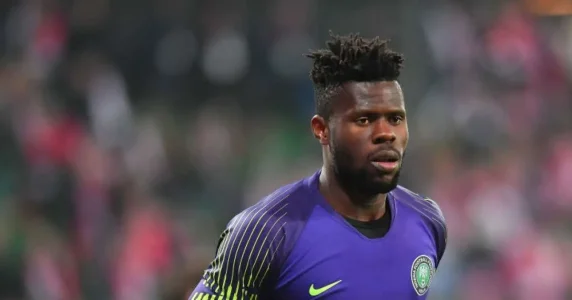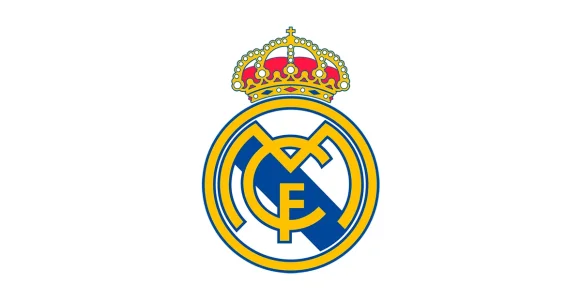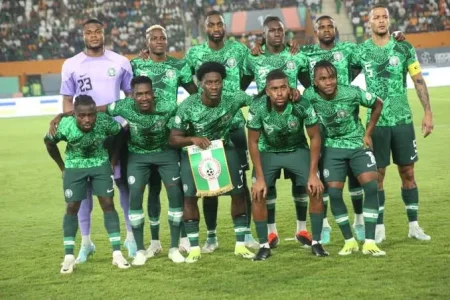
The Philadelphia Eagles crushed the Chiefs’ Super Bowl three-peat hopes with a dominant performance, forcing key turnovers and overwhelming Patrick Mahomes. Off-field drama included Trump’s historic presence and Swift’s reception. Kendrick Lamar’s halftime show added intrigue, making Super Bowl 59 a spectacle of sports, culture, and entertainment.
The Philadelphia Eagles crushed the Kansas City Chiefs’ historic three-peat ambitions with a commanding Super Bowl 59 victory. Led by Jalen Hurts and a dominant defense, the Eagles capitalized on Patrick Mahomes’ struggles, forcing key turnovers. By halftime, the Chiefs were buried under an insurmountable deficit, with the Eagles cruising to a decisive win.
Mahomes, usually unshakable in big moments, was under relentless pressure, throwing two costly interceptions—one turned into a defensive touchdown and another converted by AJ Brown. The Chiefs’ offense, which had been a powerhouse all season, failed to find a rhythm until late in the game, but by then, the Eagles had extended their lead through DeVonta Smith and Jake Elliott’s field goals.
Despite a late rally from Mahomes, who threw three touchdowns in the closing stages, the Eagles defense had already sealed the game, sacking him a career-high six times. The victory not only ended Kansas City’s reign but also solidified the Eagles' status as a dominant force in the NFL.
Off the field, the event was marked by high-profile appearances. President Donald Trump made history as the first sitting U.S. president to attend a Super Bowl. Meanwhile, pop star Taylor Swift, supporting boyfriend Travis Kelce, faced boos from Philadelphia fans. Kendrick Lamar’s halftime show also made waves, with a powerful performance that included a self-censored rendition of "Not Like Us."
New Orleans, still healing from a recent tragedy, delivered a spectacular event, blending sports, music, and culture, cementing its legacy as one of the greatest Super Bowl hosts.




